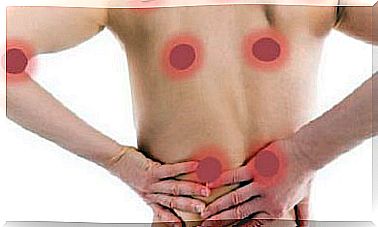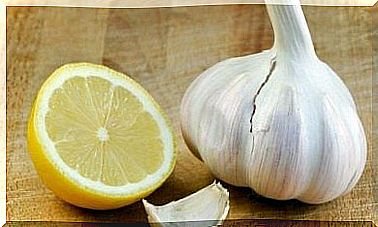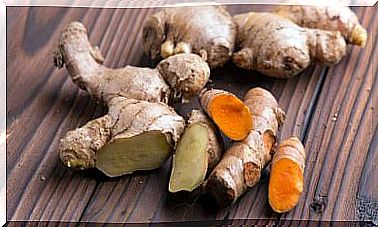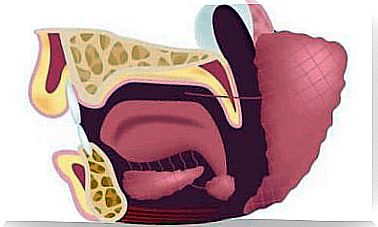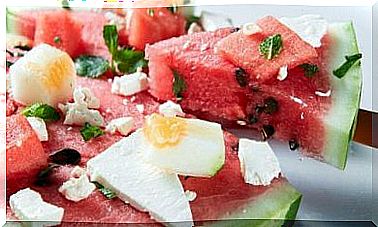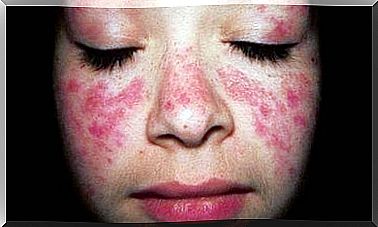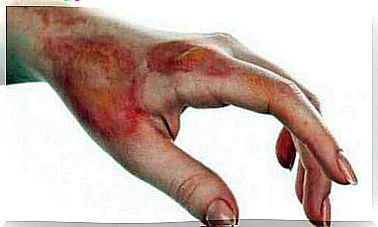A Healthy Diet For Gastritis And Its Symptoms
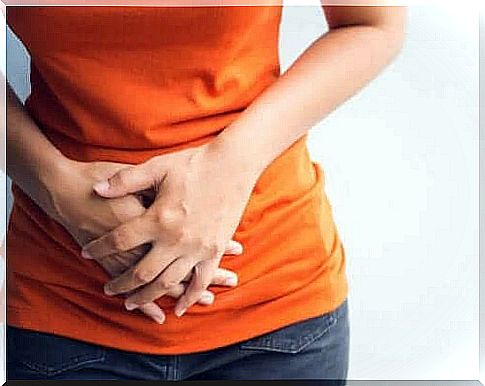
Gastritis is inflammation of the lining of the stomach, causing discomfort, heartburn and even nausea and vomiting. People with chronic gastritis are often afraid to eat certain things to avoid this discomfort. In this article, we will give some advice on how to choose a proper diet for gastritis. Read on to find out more!
What causes gastritis?
One of the most common causes of gastritis is an infection caused by a bacterium called Helicobacter pylori. In developed countries, this bacterium can infect up to 50% of the population, although only 15% of them will develop the disease.
This shows that the development of gastritis depends a lot on genetics and environmental factors (food, smoking, etc.). That said, it is not the only cause of gastritis. Other reasons include:
- Sustained use of certain drugs such as non-steroidal anti-inflammatory drugs (NSAIDs). It can be aspirin or ibuprofen, for example.
- To consume too much alcohol, tobacco or drugs.
- Autoimmune diseases such as pernicious anemia.
- A lot of stress or anxiety as it increases stomach acid and causes what is called gastritis.
- Excessive intake of very heavy or spicy foods.
What does a diet for gastritis consist of?
A diet for gastritis consists of a nutritious and healthy diet, where we reduce and avoid the intake of the foods that aggravate and irritate the stomach, and increase the intake of the foods that have a calming and positive effect on the stomach.
With the right diet, it is possible to improve digestion, reduce pain and other symptoms, which can reduce inflammation and discomfort in the stomach. It is very important to remember that medical follow-up is always necessary in the treatment of gastritis.
General guidelines for a diet for gastritis
When preparing a diet for people suffering from gastritis, the following tips should be taken into consideration:
- Meals should be light: If necessary, you can eat more often, but you should avoid eating until you feel completely full.
- Increase your intake of certain foods that are healthy for the stomach: Potatoes, rice, carrots, pumpkin, boiled cabbage, apples, ripe bananas and olive oil.
- Easy preparation: It is preferred to steam, boil or make puree or soup. Avoid deep-fried, grilled, roasted or other very dry or undercooked foods.
- Do not drink anything that is too hot.
- Drink water during the day.
Examples of daily diet for gastritis
Keep in mind that while this diet will help reduce some of the pain and discomfort caused by gastritis, it is not a cure.
Breakfast
- Semi-skimmed milk with sugar / yogurt.
- White bread with jam / cookies / two pieces of white bread with turkey or ham.
- 1 tablespoon white cheese.
Morning snack
- Grilled fruit or fruit compote / peach, apple or grape juice / recommended fruits.
Lunch
- Side dishes : Squash puree / boiled potatoes with leaf beds / rice with vegetables / white pasta with cooked ham or bacon, squash and eggplant.
- Main course: Roasted chicken thighs without skin / grilled beef / boiled hake / baked whiting.
- Dessert: Ripe banana / peach in syrup / roasted pumpkin / yogurt with sugar / homemade vanilla cream made with skim milk.
Afternoon snack
- Tea with some cookies / yogurt natural / light fruits.
Dinner
- Starter: Boiled green beans, carrots and potatoes / vegetable puree / chicken soup with noodles / potatoes.
- Main course: Grilled chicken breast with steamed potatoes / grilled ham / boiled carrots / baked halibut / omelette with eggs and squash.
- Dessert: Roasted apple / ripe pear / fresh cheese with quince jam / vanilla cream.
Note: If you want to improve digestion, try drinking more tea with powerful digestive properties.
Lastly, remember to avoid limiting your diet more than necessary. Use these recommendations as a guide and always keep in mind your personal preferences and dietary restrictions.
Also, try to make your diet as varied and balanced as possible, within the applicable limitations. In addition, you can try to gradually introduce more foods into your diet if the disorder gets better.

